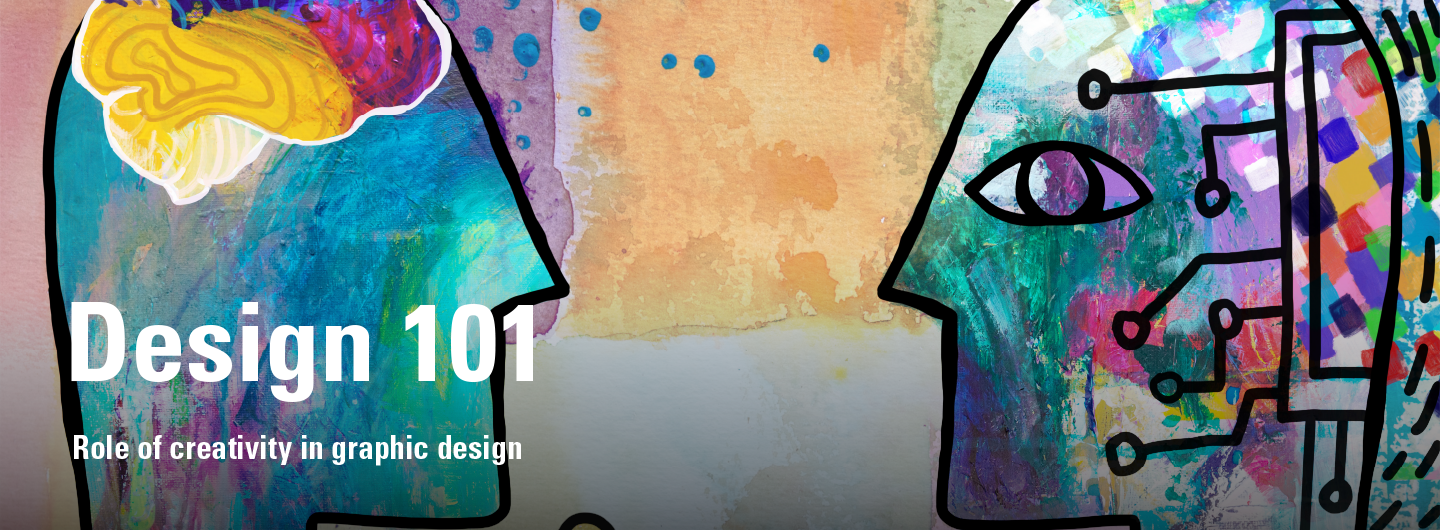
Design 101
Role of creativity in graphic design
By Steve Milano
Graphic design is both an art and a science. If you rely too much on creativity, you can miss the purpose of the design you’re making, which is often getting a message across, not creating an attractive layout. Whether you are creating a brochure, laying out a magazine, setting up the front-end of a website, or developing other creative materials, it’s important to know the role of creativity in design.
What is Graphic Design?
What differentiates graphic design from other types of art is its goal of communicating a message, often for a business purpose, using visual images, explains the Interaction Design Foundation. For example, a graphic design for a teen apparel ad might be busy and brightly colored with lots of copy in small boxes. A graphic design for an upscale watch or spa bathroom might use lots of white space and minimal copy.
Communication vs. Beauty
The goal of a graphic designer who works with copy is not to make an ad, brochure, or magazine layout look good, but to get people to read the text. Therefore, running text in and out of a beautiful picture might look nice to the eye, but it makes the text more difficult to read. The same is true of reverse types, such as white type on a black background. This can decrease readership, especially in long copy blocks.
If you’ll be working with text as a designer, learn to manage the different type functions in design programs, such as kerning (the space between letters) and leading (the space between lines), recommends MagazineDesigning.com. Visit other design blogs and design inspiration sites to help get ideas for brochures, ads, and other materials.
The Inverted 6
Westerners read text from left to right. They also read from the top left of a page, moving toward the middle right, then finishing on the lower left-hand side of the page. Draw a “6” on a piece of paper, then flip it horizontally. You will see the path it takes. If you look at the front page of any major newspaper, you will almost always see the main article starting at the top left of the page, the next most important article placed toward the middle right and the index on the bottom left—following an inverted “6” for more natural reading.
Choosing Elements for Communicating
If you’re designing commercial marketing materials, you have only a few seconds to catch someone’s attention before they move on. You can grab them with an image (such as an illustration or photo), a provocative (but readable) headline or a pull quote that appears in the middle of the page.
If you are given photos of award winners from a conference, look to see how much of the picture is the recipients and how much is the wall behind them. Often, you can crop most of the area of a picture you’ve been given, focusing on the real story in the middle.
When using your graphic design skills, think of your audience as “readers” not “lookers”—they are there to get information from the brochure or page, not just look at it because it’s beautiful. Think of yourself as a communicator, rather than as an artist if you want to achieve the company’s goals for the material you are designing.
Source: work.chron.com